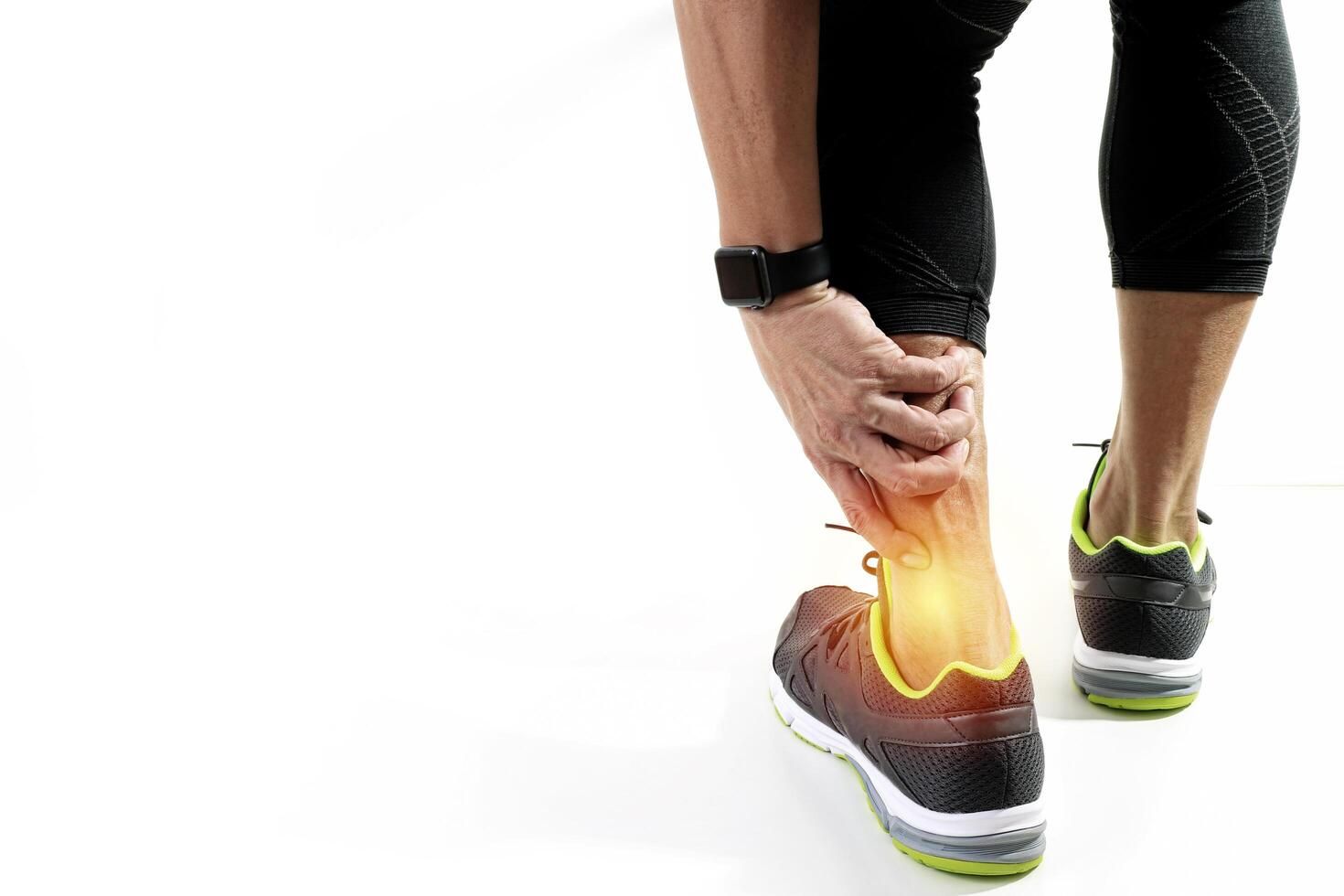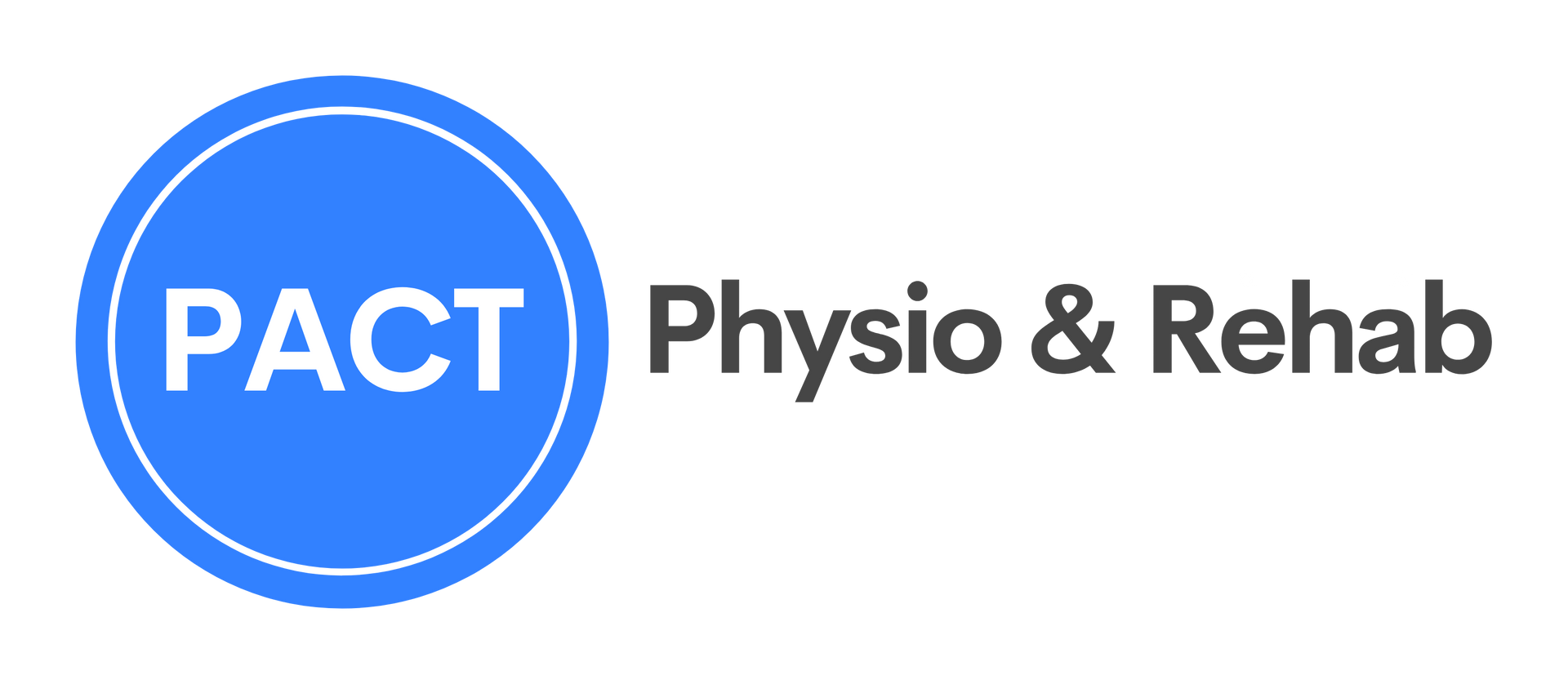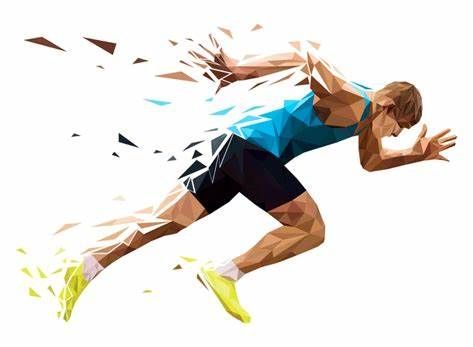
Understanding Chronic Achilles Tendinopathy: Causes and Solutions Chronic Achilles tendinopathy can be a persistent and frustrating condition, particularly for athletes and those whose work demands physical activity. This condition, characterised by enduring pain and stiffness in the Achilles tendon, often stems from overuse and inadequate recovery, underscoring the importance of understanding its true tendinopathy causes . As an expert in Achilles tendon treatment, I aim to guide you through the complexities of sports injury recovery and effective tendon pain management. Beyond mere symptom relief, the goal is to empower individuals with knowledge and strategies that facilitate a proactive approach to healing, supported by the latest insights from PACT Physio Rehab. Reach out to PACT Physio Rehab today to explore how our tailored telehealth services can help manage occupational injuries efficiently and support a seamless return to work. Exploring Tendinopathy Causes Understanding the root causes of chronic Achilles tendinopathy is crucial for effective treatment and prevention. Let’s delve into the primary factors that contribute to this condition. Overuse and Repetitive Strain Overuse and repetitive strain are primary culprits in the development of chronic Achilles tendinopathy. This condition often affects athletes and individuals whose activities involve repetitive ankle movements. The Achilles tendon, while robust, can become overwhelmed when subjected to excessive stress without adequate recovery time. According to the Mayo Clinic, sudden increases in training intensity or duration can significantly contribute to tendon strain. Repetitive activities, such as running or jumping, can lead to micro-tears in the tendon fibers. Over time, if these micro-tears accumulate faster than the body can repair them, inflammation and pain ensue, marking the onset of tendinopathy. Biomechanical Imbalances Biomechanical imbalances play a significant role in the development of chronic Achilles tendinopathy. These imbalances can stem from various factors, including foot structure, muscle weakness, or improper movement patterns. One common issue is overpronation, where the foot rolls inward excessively during movement. This can place undue stress on the Achilles tendon. Conversely, individuals with high arches (supination) may also be at risk due to reduced shock absorption. The Hospital for Special Surgery notes that muscle imbalances, particularly weakness in the calf muscles, can contribute to tendon stress. Addressing these imbalances through targeted exercises and proper footwear is crucial for both treatment and prevention. Aging and Degeneration As we age, our tendons naturally undergo degenerative changes, making them more susceptible to chronic conditions like Achilles tendinopathy. This process is part of the normal aging cycle but can be exacerbated by various factors. With age, tendons lose some of their elasticity and become less resistant to stress. This reduction in tendon resilience can make older individuals more prone to developing tendinopathy, even with relatively normal levels of activity. Additionally, decreased blood flow to the tendon as we age can slow down the healing process, making it harder for the body to repair micro-damage. This underscores the importance of maintaining overall health and adapting activity levels as we grow older to protect our tendons. Effective Achilles Tendon Treatment Treating chronic Achilles tendinopathy requires a multifaceted approach, combining various therapeutic techniques to address pain, promote healing, and restore function. Conservative Management Techniques Conservative management techniques form the foundation of Achilles tendon treatment. These approaches aim to alleviate pain and promote healing without invasive interventions. Rest and activity modification are crucial initial steps. Better Health Victoria recommends reducing activities that exacerbate pain while maintaining overall fitness through low-impact exercises like swimming or cycling. Ice therapy can help manage pain and inflammation, especially in the acute phase. Applying ice for 15-20 minutes several times a day can provide relief. Gentle stretching and strengthening exercises, when introduced gradually, can improve tendon flexibility and resilience. Proper footwear and orthotics play a vital role in conservative management. They can help correct biomechanical issues and provide better support to the affected tendon. Role of Physiotherapy in Recovery Physiotherapy plays a crucial role in the recovery process for chronic Achilles tendinopathy. A skilled physiotherapist can provide a comprehensive treatment plan tailored to the individual’s needs. Assessment is the first step in physiotherapy treatment. This involves evaluating the extent of the injury, identifying biomechanical issues, and assessing overall functional capacity. Based on this assessment, a personalized treatment plan is developed. Hands-on techniques such as soft tissue mobilization and joint manipulation can help improve flexibility and reduce pain. Physiotherapists also guide patients through a progressive exercise program, gradually increasing intensity to rebuild strength and endurance. Education is another vital component of physiotherapy. Patients learn about proper body mechanics, activity modification, and self-management strategies to prevent future injuries and maintain long-term tendon health. Strategies for Sports Injury Recovery Recovering from sports injuries, particularly those involving the Achilles tendon, requires a strategic approach that addresses both immediate healing and long-term prevention. Importance of Customised Rehabilitation Customised rehabilitation is crucial in the recovery process for chronic Achilles tendinopathy. Each individual’s case is unique, necessitating a tailored approach to treatment and recovery. A personalized rehabilitation plan takes into account factors such as the severity of the injury, the patient’s overall health, and their specific goals. This might include a combination of manual therapy, targeted exercises, and modalities like ultrasound or electrical stimulation. Progression is key in customized rehabilitation. As the patient improves, the intensity and complexity of exercises are gradually increased to challenge the healing tendon and restore full function. Regular reassessment is an integral part of customized rehabilitation. This allows for adjustments to the treatment plan as needed, ensuring optimal progress and preventing setbacks. Tendon Pain Management Tips Effective tendon pain management is essential for both comfort and successful recovery. Here are some key strategies to manage pain associated with chronic Achilles tendinopathy: Use the RICE method (Rest, Ice, Compression, Elevation) during acute flare-ups. Implement a gradual return to activity, avoiding sudden increases in intensity. Utilize proper footwear and consider orthotics to provide support and reduce strain. Engage in low-impact activities to maintain fitness while allowing the tendon to heal. It’s important to note that while managing pain is crucial, it shouldn’t come at the expense of necessary rehabilitation exercises. University Hospitals emphasizes the importance of balancing pain management with active recovery strategies. Long-term Prevention and Maintenance Long-term prevention and maintenance are crucial aspects of managing chronic Achilles tendinopathy. These strategies help prevent recurrence and maintain optimal tendon health. Regular stretching and strengthening exercises should become a part of one’s routine, even after the acute phase of injury has passed. This helps maintain flexibility and resilience in the tendon and supporting muscles. Proper warm-up before physical activity and cool-down afterwards are essential. These practices prepare the tendon for stress and help it recover post-activity, reducing the risk of re-injury. Listening to your body and respecting its limits is crucial for long-term tendon health. This might mean modifying activities, taking rest days, or adjusting workout intensity based on how your body feels.




